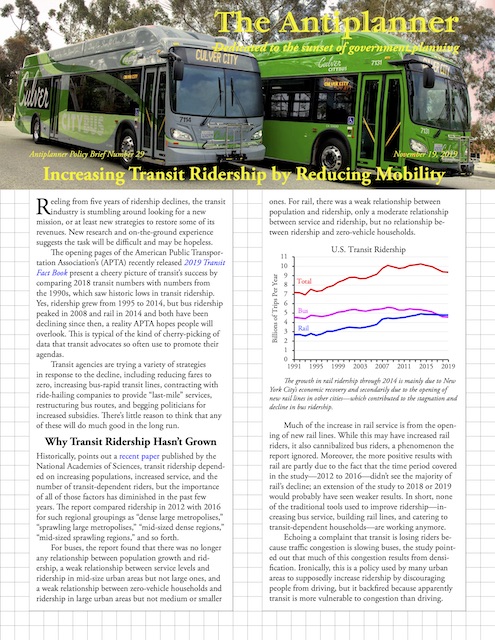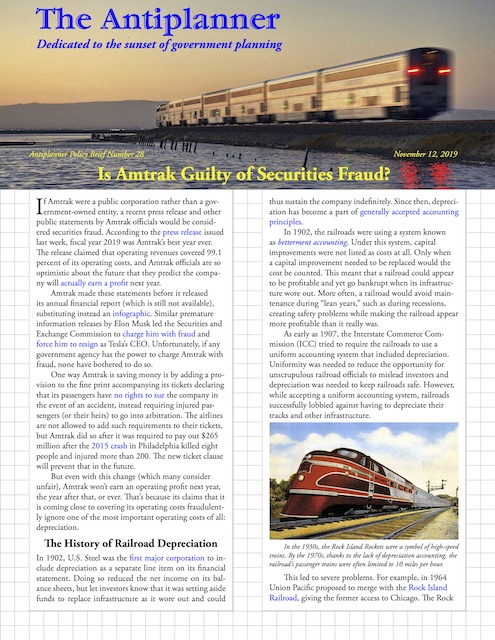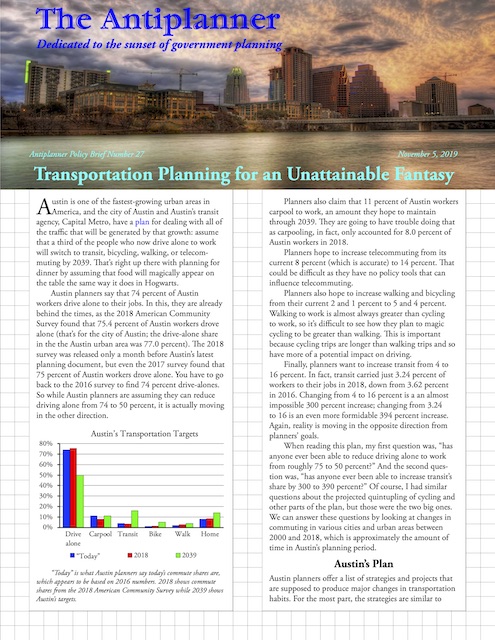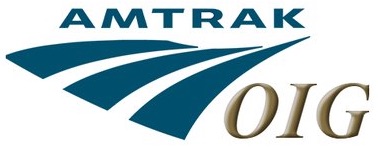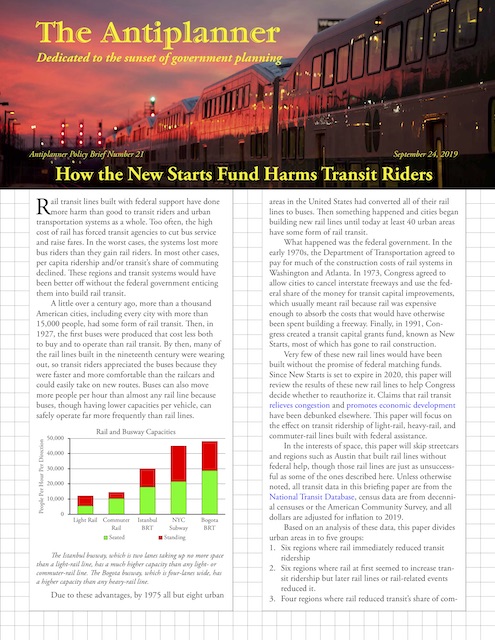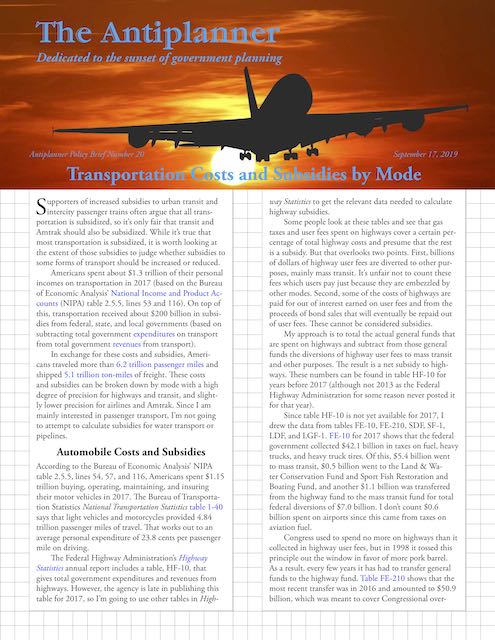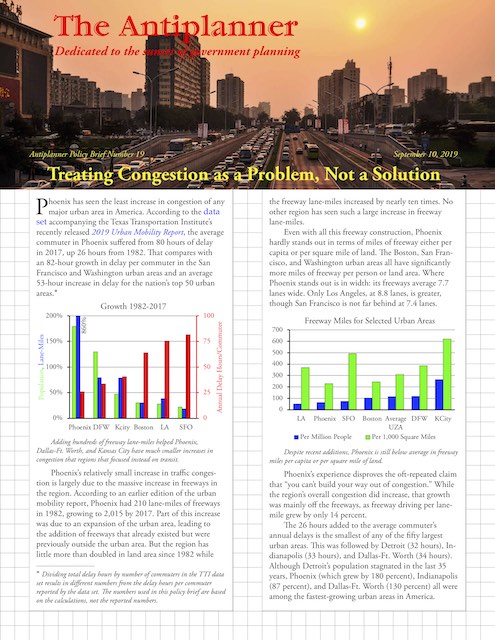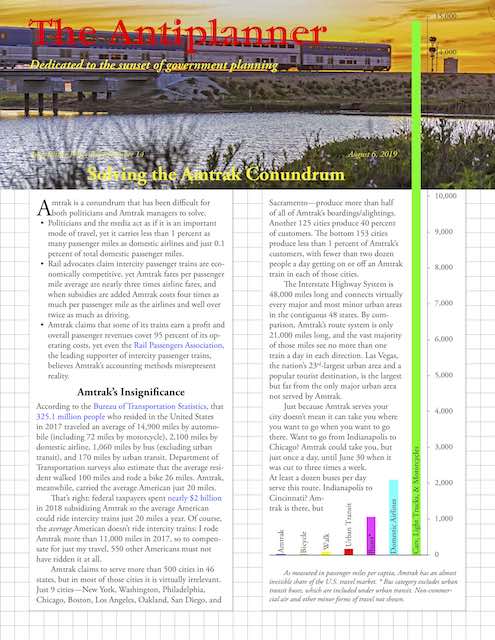In the mid-1990s, that portion of the timber industry that depended on federal timber sales was on the ropes. National forest timber sales had declined from 11 billion board feet in 1989 to less than 3 billion in 1995. Mills that had bought most of their timber from the national forests for the previous five decades were hard pressed to find alternate sources of wood.
So perhaps it wasn’t surprising that timber industry representatives were eager to talk with environmentalists about finding common ground for reforming the Forest Service. Nor was it surprising that environmentalists were reluctant to talk; after all, they were winning, so any talks that might lead to a compromise seemed to be unnecessary.
But I wasn’t a typical environmentalist, and as the term was defined by the “progressives” in 1995, maybe I wasn’t an environmentalist at all. I was less interested in “total victory” than I was in getting the answer right. How much was the right amount of timber to be cut from federal lands? What was the right amount of wilderness? What was the proper balance between clearcutting vs. selection cutting given their differing impacts on wildlife, watershed, and other resources? Continue reading

